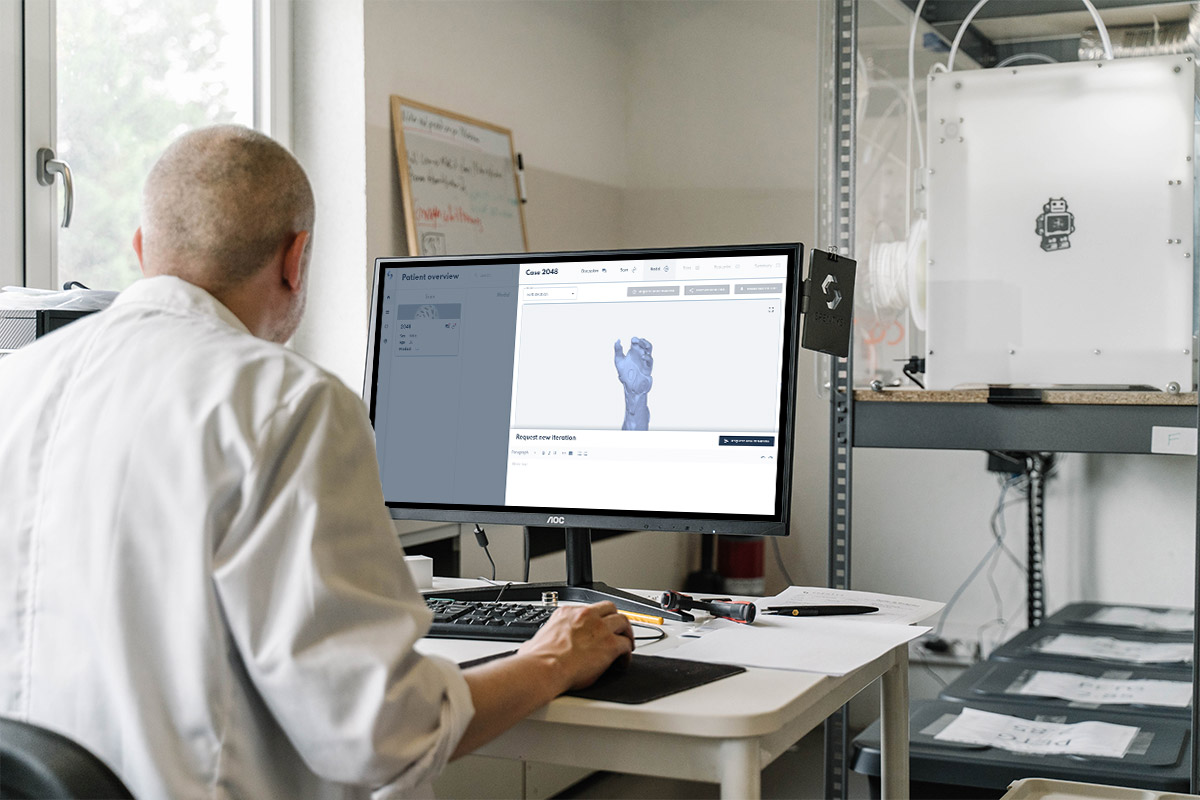Common Immobilization Injuries | Syndromes & Specific Diseases
As stated previously, a baby’s musculoskeletal system differs from that of an adult. Not only is the baby growing, which impacts structure and size, but the adult is using and wearing out the joints. Age, morphometry, and usage level are all known causes for osteoarthritis, which affects almost four percent of the population at some point in their lives. Prevalence increases with age, but with an incidence of 167/100.000 in Belgium, specifically, juvenile idiopathic arthritis has an incidence ratio only 1/3rd lower than rheumatoid arthritis. When reviewing the effectiveness of orthosis implementation in arthritis treatment, the evidence is overwhelming. Besides arthritis, multiple syndromes benefit from medical devices.
An overview of the most common syndromes and specific diseases benefitting from an orthosis.
Syndromes
The nomenclature of a syndrome is a bit complex with its definition being ‘correlation of symptoms and medical 'signs'. It differs from pathogenesis but is sometimes used interchangeably, as for example, with Down syndrome. Trisomy 21 finds its origin in a chromosomal deviation leading to pathologies in many systems. In the postural and support system, this expresses as malformations of the spine and hip, instability of atlanto-axial - and the patella joint, foot deformities, hypotonia, and ligamentous laxity. All these disturbances are treatable with the aid of orthoses but most seen are the foot orthoses as well as the supramalleolar orthoses, focusing on foot stability.

Another congenital group of disorders is the Arthrogryposis Multiplex Congenita. When premature regular joint movement is inhibited, contractures can occur, leading to one of the three subgroups. Amyoplasia is characterized by muscle weakness and severe joint contractures, hand and feet are mainly involved in distal arthrogryposis, and the syndromic group contains mainly neurological and muscle diseases. A cornerstone in the treatment of the non-progressive disease includes splinting and casting. Specific devices are implemented for the different subtypes, varying from the KAFO in Amyoplasa, to e.g., the hand correcting orthosis in distal arthrogryposis.
Achondroplasia is an anomaly based on an ossification disorder. The cartilage will not ossify and transform into matured bone tissue leading to shorter arms and legs, better known as dwarfism. Applying an orthosis to manage spinal malformation leads to a reduction in deformities and is thus advantageous and favourable.
Osteogenesis imperfecta, also known as ‘brittle bone disease’ is due to a defect in type I collagen, resulting in fragile, easy breaking bones. Severity differs and is classified on a scale from one to eight, with one being the mildest form. Medical devices can help reach autonomy and independence.
Specific diseases
Brittle bones are not only seen in syndromes such as osteogenesis imperfecta. Osteoporosis or bone loss is a frequent diagnose in the elderly population, most common in the Caucasian female population.
Another disease frequently seen in the elderly population is osteoarthritis. Osteoarthritis, or degenerative joint disease, is one of the many types of arthritis. Joint cartilage and bone are breaking down, resulting in stiffness and discomfort post-exercise. Eventually, the pain will gradually increase, and symptoms may become constant. Ten percent of the males and eighteen percent of the 60-year-old is diagnosed with osteoarthritis, making it the most common of all types. The knee, hip, lower back, finger, and neck joints are most affected. Treatment and pain management occurs using an orthosis specifically supporting the skeletal system's diseased site. Decreasing joint stress is one of the primary aims of medical care.

Pain reduction with the use of braces and orthosis is also seen in rheumatoid arthritis. Joint capsules are attacked by the body's own immune system, resulting in inflammation and thickening of the joint. The cause of this chronic inflammatory disorder is unknown, but age, family history, environment, gender, obesity, and one's smoking history are all considered risk factors. Besides reducing pain and supporting the affected site in its overall functioning, splints can be applied to prevent bone deformity.
Treatment of any form of arthritis aims at physical exercise to maintain functioning. Unfortunately, one of the symptom-triggering mechanisms is exercising. The trade-off between beneficial- and side-effects should be kept in mind when programming the treatment procedure. Muscle atrophy leading to muscle weakness can be compensated with the aid of supporting orthoses.
Orthosis implementation in the case of muscle weakness, one of the clinical manifestations of juvenile idiopathic arthritis, is a common strategy in therapy. Beside muscle weakness, osteopenia, growth disturbance, anorexia, tenosynovitis and most distinct, arthritis are the most common symptoms. All clinical manifestations individually benefit from external support due to their either correcting or easing function. Although relatively unknown this child form of chronic arthritis occurs to approximately 20 in 100.000 children under the age of sixteen each year. Multiple classifications depending on affected joints and sites exist, all with specific therapies and orthosis, e.g. AFO, FO. Older patients with marked disabilities might even opt for reconstructive surgery and full prosthesis
The last form of arthritis introduced in this article is the infectious or pyogenic arthritis, known as septic arthritis. A (myco)bacteria, fungus, or virus invades the body and infects joints via the bloodstream or nearby bones, known as osteomyelitis. In this emergency, intermittent joint immobilization can be used to prevent stiffening and an orthosis with a more preservative character can protect against fractures.
The contents of this article may not be used as a treatment prescription, they are written to offer an overall understanding of this topic. Always contact your general practitioner or doctor.
The next and last article in this series will cover the orthopaedic disorders resulting from neuromuscular diseases.


Common Immobilization Injuries | Syndromes & Specific Diseases

As stated previously, a baby’s musculoskeletal system differs from that of an adult. Not only is the baby growing, which impacts structure and size, but the adult is using and wearing out the joints. Age, morphometry, and usage level are all known causes for osteoarthritis, which affects almost four percent of the population at some point in their lives. Prevalence increases with age, but with an incidence of 167/100.000 in Belgium, specifically, juvenile idiopathic arthritis has an incidence ratio only 1/3rd lower than rheumatoid arthritis. When reviewing the effectiveness of orthosis implementation in arthritis treatment, the evidence is overwhelming. Besides arthritis, multiple syndromes benefit from medical devices.
An overview of the most common syndromes and specific diseases benefitting from an orthosis.
Syndromes
The nomenclature of a syndrome is a bit complex with its definition being ‘correlation of symptoms and medical 'signs'. It differs from pathogenesis but is sometimes used interchangeably, as for example, with Down syndrome. Trisomy 21 finds its origin in a chromosomal deviation leading to pathologies in many systems. In the postural and support system, this expresses as malformations of the spine and hip, instability of atlanto-axial - and the patella joint, foot deformities, hypotonia, and ligamentous laxity. All these disturbances are treatable with the aid of orthoses but most seen are the foot orthoses as well as the supramalleolar orthoses, focusing on foot stability.

Another congenital group of disorders is the Arthrogryposis Multiplex Congenita. When premature regular joint movement is inhibited, contractures can occur, leading to one of the three subgroups. Amyoplasia is characterized by muscle weakness and severe joint contractures, hand and feet are mainly involved in distal arthrogryposis, and the syndromic group contains mainly neurological and muscle diseases. A cornerstone in the treatment of the non-progressive disease includes splinting and casting. Specific devices are implemented for the different subtypes, varying from the KAFO in Amyoplasa, to e.g., the hand correcting orthosis in distal arthrogryposis.
Achondroplasia is an anomaly based on an ossification disorder. The cartilage will not ossify and transform into matured bone tissue leading to shorter arms and legs, better known as dwarfism. Applying an orthosis to manage spinal malformation leads to a reduction in deformities and is thus advantageous and favourable.
Osteogenesis imperfecta, also known as ‘brittle bone disease’ is due to a defect in type I collagen, resulting in fragile, easy breaking bones. Severity differs and is classified on a scale from one to eight, with one being the mildest form. Medical devices can help reach autonomy and independence.
Specific diseases
Brittle bones are not only seen in syndromes such as osteogenesis imperfecta. Osteoporosis or bone loss is a frequent diagnose in the elderly population, most common in the Caucasian female population.
Another disease frequently seen in the elderly population is osteoarthritis. Osteoarthritis, or degenerative joint disease, is one of the many types of arthritis. Joint cartilage and bone are breaking down, resulting in stiffness and discomfort post-exercise. Eventually, the pain will gradually increase, and symptoms may become constant. Ten percent of the males and eighteen percent of the 60-year-old is diagnosed with osteoarthritis, making it the most common of all types. The knee, hip, lower back, finger, and neck joints are most affected. Treatment and pain management occurs using an orthosis specifically supporting the skeletal system's diseased site. Decreasing joint stress is one of the primary aims of medical care.

Pain reduction with the use of braces and orthosis is also seen in rheumatoid arthritis. Joint capsules are attacked by the body's own immune system, resulting in inflammation and thickening of the joint. The cause of this chronic inflammatory disorder is unknown, but age, family history, environment, gender, obesity, and one's smoking history are all considered risk factors. Besides reducing pain and supporting the affected site in its overall functioning, splints can be applied to prevent bone deformity.
Treatment of any form of arthritis aims at physical exercise to maintain functioning. Unfortunately, one of the symptom-triggering mechanisms is exercising. The trade-off between beneficial- and side-effects should be kept in mind when programming the treatment procedure. Muscle atrophy leading to muscle weakness can be compensated with the aid of supporting orthoses.
Orthosis implementation in the case of muscle weakness, one of the clinical manifestations of juvenile idiopathic arthritis, is a common strategy in therapy. Beside muscle weakness, osteopenia, growth disturbance, anorexia, tenosynovitis and most distinct, arthritis are the most common symptoms. All clinical manifestations individually benefit from external support due to their either correcting or easing function. Although relatively unknown this child form of chronic arthritis occurs to approximately 20 in 100.000 children under the age of sixteen each year. Multiple classifications depending on affected joints and sites exist, all with specific therapies and orthosis, e.g. AFO, FO. Older patients with marked disabilities might even opt for reconstructive surgery and full prosthesis
The last form of arthritis introduced in this article is the infectious or pyogenic arthritis, known as septic arthritis. A (myco)bacteria, fungus, or virus invades the body and infects joints via the bloodstream or nearby bones, known as osteomyelitis. In this emergency, intermittent joint immobilization can be used to prevent stiffening and an orthosis with a more preservative character can protect against fractures.
The contents of this article may not be used as a treatment prescription, they are written to offer an overall understanding of this topic. Always contact your general practitioner or doctor.
The next and last article in this series will cover the orthopaedic disorders resulting from neuromuscular diseases.







_11zon.jpg)

